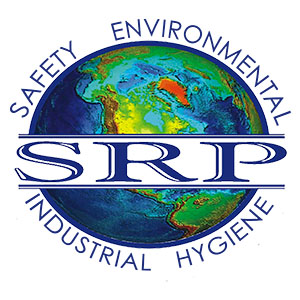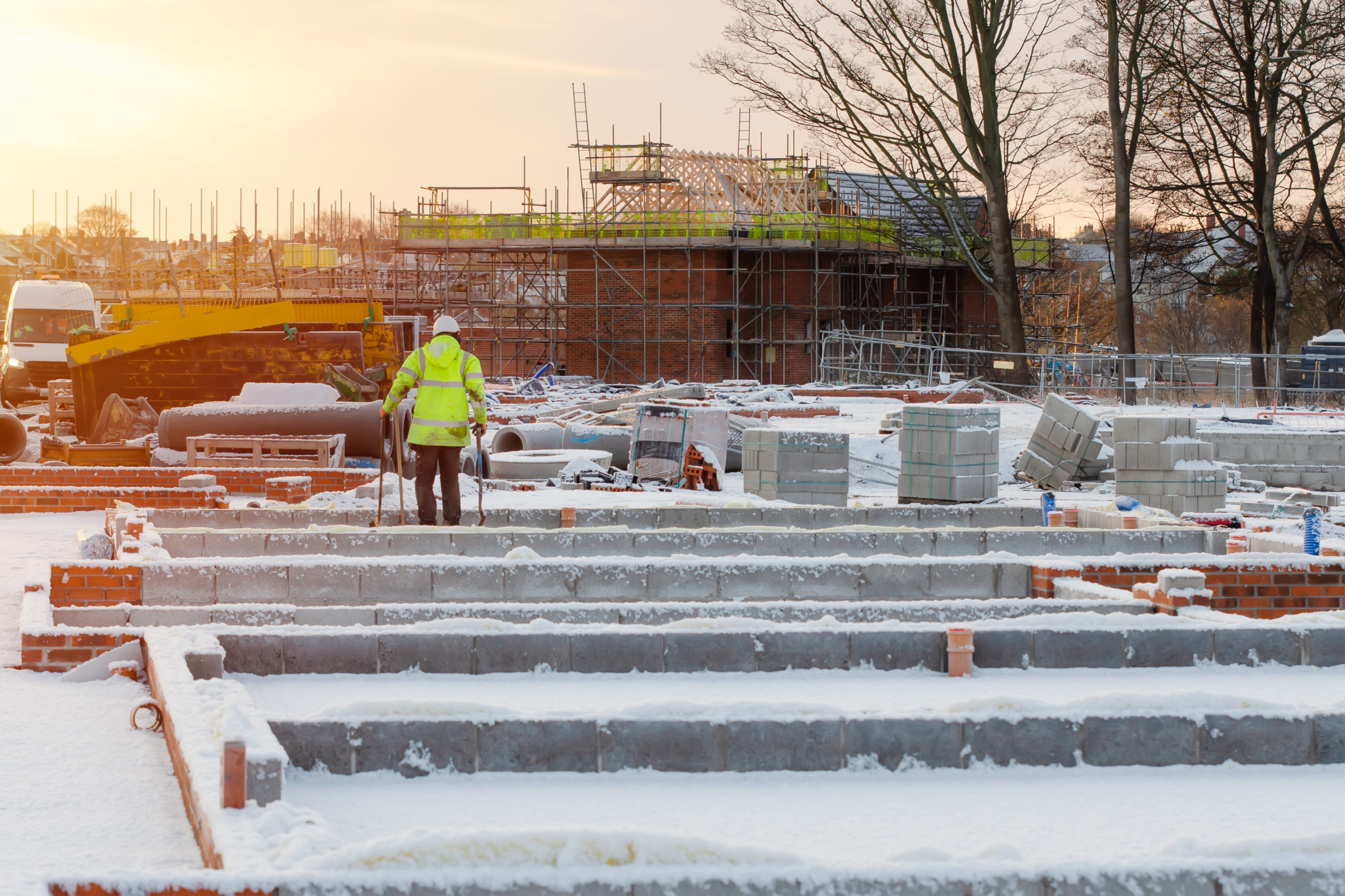Small, large and family-run businesses in the agricultural industry have a lot on their plates. If running a business wasn’t hard enough—regulatory challenges throw another monkey wrench into the equation. Regulatory challenges like hygiene- and mold-related environmental governances weigh heavy on the list of agricultural industry concerns—due to the penalties from governmental bodies and the health of your employees.
The most critical regulatory challenges faced by agriculture to keep their employees—and businesses—in good health are:
1. Gas
Gas is—literally—a silent killer. Its silent leaks can be undetectable, and its effects lethally dangerous before companies are even aware there is a leak. Unfortunately, gas is an absolute necessity, which is why it is so heavily regulated and controlled.
To ensure that you’re properly controlling your required gases our environmental hygiene services and environmental consultants will assess your facilities for potential and upcoming dangers. Should there be a current leak, their gas detection instruments will ensure the leak is found and fixed.
2. Noise
Farms and other agricultural businesses use heavy machinery on almost constantly. Combine that with the steady stream of noise (be it loud or barely-audible) from small-scale machinery and you have a cavalcade of noise that can irreparably damage the eardrum.
To ensure that your noise remains at a healthy level you need an industrial hygiene checkup that includes the use of sound level meters, octave band analyzers and noise dosimeters.
3. Heat
The temperate and warm climates that agricultural chains tend to gravitate too—combined with added heat from machinery—can severely damage health, equipment, livestock and food. An environmental consultant can help you determine heat risks through heat stress instruments—and then mediate those dangers through proper planning.
4. Mold
Mold is one of the biggest health and safety issues addressed by regulatory bodies—and a common problem for farms and agricultural warehouses and other components of the agricultural supply chain. Not only is mold dangerous at its point of origin, it spreads quickly and can cause major problems throughout the chain.
Proper—and early—detection is absolutely vital when it comes to industrial mold removal. A thorough industrial hygiene assessment can help pinpoint mold sources so that thorough industrial mold removal and remediation can be completed.
How to mitigate risks associated with agricultural regulatory challenges
The best plan of attack for any and all of the regulatory issues listed above is a pre-emptive strike. A nickel invested in planning is worth a dollar of post-hazard clean up. In order to plan ahead for these types of issues (and avoid any infraction fines and penalties) you need to thoroughly assess your environment.
A thorough assessment of your environment needs to be completed by a professional that has experience in environmental hygiene services—and the proper tools to make a legitimate assessment.
Why you should have industrial hygiene services and assessments performed
Thorough environmental hygiene services can help you anticipate, recognize, evaluate and control factors that:
-
Cause sickness and otherwise impair the health with your workers
-
Cause your employees significant stress and discomfort
-
Tarnish the reputation of your company
-
Damage the health of your surrounding community
-
Cost you significantly
It’s not a matter of whether you can afford to ensure a safe industrial environment—it’s whether you can afford not to.
How we can help
Our SRP Environmental Industrial Hygiene Group has successfully helped our clients maintain safe working environments… over the long term. Our Certified Industrial Hygienist has over two decades in the industry and can apply that wealth of knowledge to your business.
Through our worksite analysis, program review and exposure monitoring we can minimize or eliminate completely all potential hazards—especially with industrial mold removal. Call one of our environmental consultants today to find out more about how we can improve your bottom line while ensuring the safety of your workers, community and business.

 ">
">
 ">
">